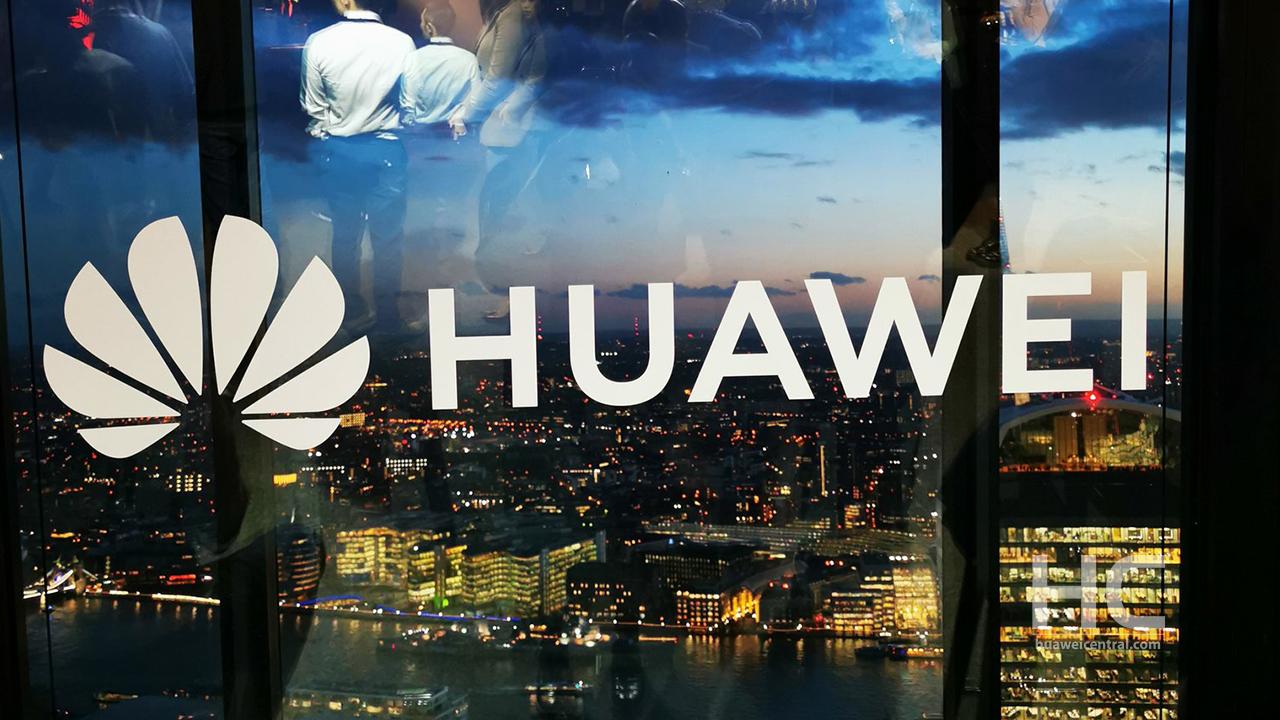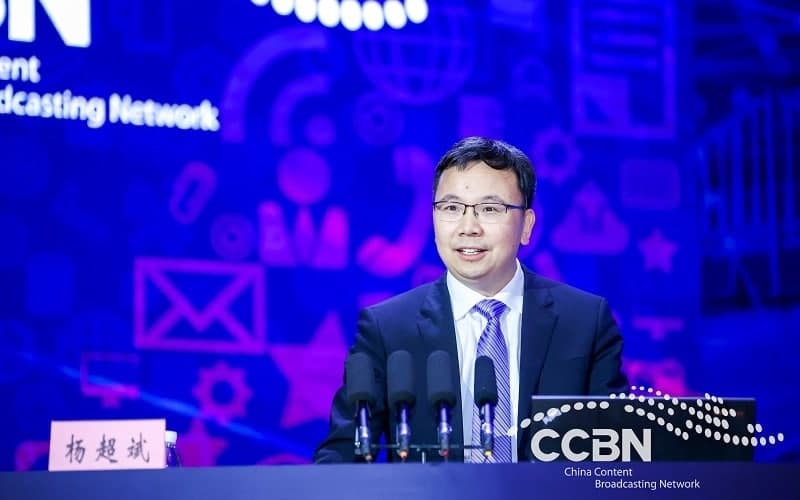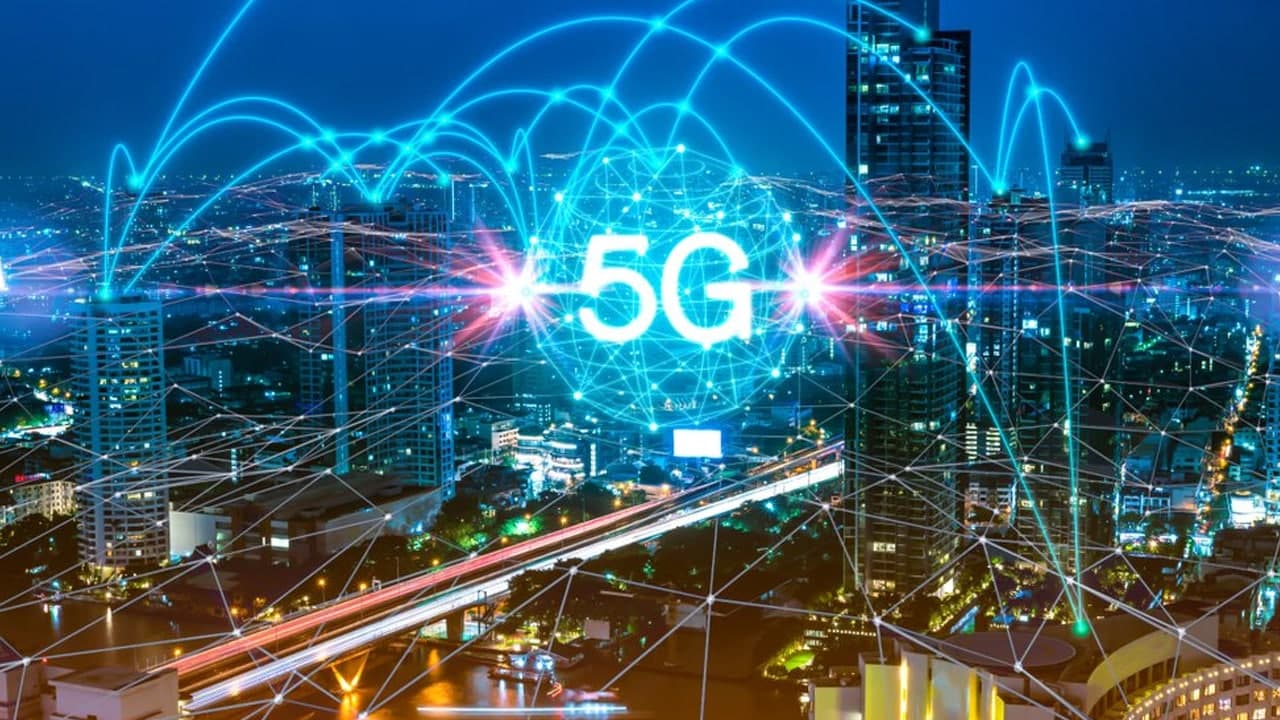News
Huawei is establishing a 5G world in radio and television

On May 27th, 2021, Huawei takes part in the 28th China International Radio and Television Information Network Exhibition (CCBN). It was conducted by the State Administration of Radio and Television was successfully held.
At the event, the President of Huawei’s Wireless Network Product Line, Yang Chaobin gave a briefing on “Building a Beautiful Broadcasting and TV World Together”.
Sharing his viewpoints and penetrations he hints that 5G broadcasting and mobile communication plays an important role in the radio broadcasting industry. Trillions of mobile help to pave the way and provide better services to the public. This 700M count becoming more spacious and profound, making broadcasting 5G services to be omnipresent.

The Path of Information Transmission:
The transformation of the 5G mobile industry has an identical impact, how the information will be delivered. The broadcasting industry has gone through many changes as technology shifts to a higher level.
If we look back in the 2G era, we’ll find that only voice and short message services are available on mobile services. While, the other means are media broadcasting, television, newspapers, and magazines.
Later on, we have seen a rapid transformation in the era of 3G and 4G mobile services. Here, live broadcasts on mobile platforms have sprung up and become the new favorites of the media, bringing new changes to the traditional media industry.
At present, when the 5G technology became ubiquitous, the services and industry have started to transform accordingly. The content has changed from text to high-definition video, VR, and other multimedia forms, involving all aspects of our daily life, work, entertainment, and learning.
5G Technolgy with Radio and Television Services:
With the support of 5G, the integration of broadcasting and mobile communications will be realized. First, the ultra-high-definition video and stronger information-carrying capacity empowered by 5G can provide a platform and driving force for the digital upgrade of other industries.

Secondly, based on 5G networks and mobile terminals can speed up the realization of everyone-to-everyone radio and television, solve broadband coverage in remote and rural areas, and eliminate the digital divide between China’s urban and rural areas.
Radio and Television Services in China:
According to Huawei’s product line president, China is the main center of 5G development and is leading the world. We can describe Chines accomplishments in the following ways. As of the end of March 21,
- 9.35 million regional mobile communication base stations have been opened
- 1.6 billion mobile phone users have been developed
- 820,000 5G base stations
- The penetration rate of 5G users reached over 24%
- more than 1.5 million stations will be opened nationwide by the end of 2021
These huge numbers are proven to help expand the radio and television industry and provide better services to the public.
Huawei’s Contributaion:
Give full play to the wider and deeper coverage of the 700M network of broadcasting and television, and make the 5G service of broadcasting and television ubiquitous.
The sea coverage test conducted by Huawei jointly with China Broadcasting and Television in Zhejiang and other places can reach up to 118KM, which will help drive sea, forest, plain and other scenarios to achieve wider industrial applications.
Furthermore, the coming ten years will be the golden decade of 5G development. Huawei is looking forward to the support of China Radio and Television. So, the construction of “smart radio and television” can be accelerated.







